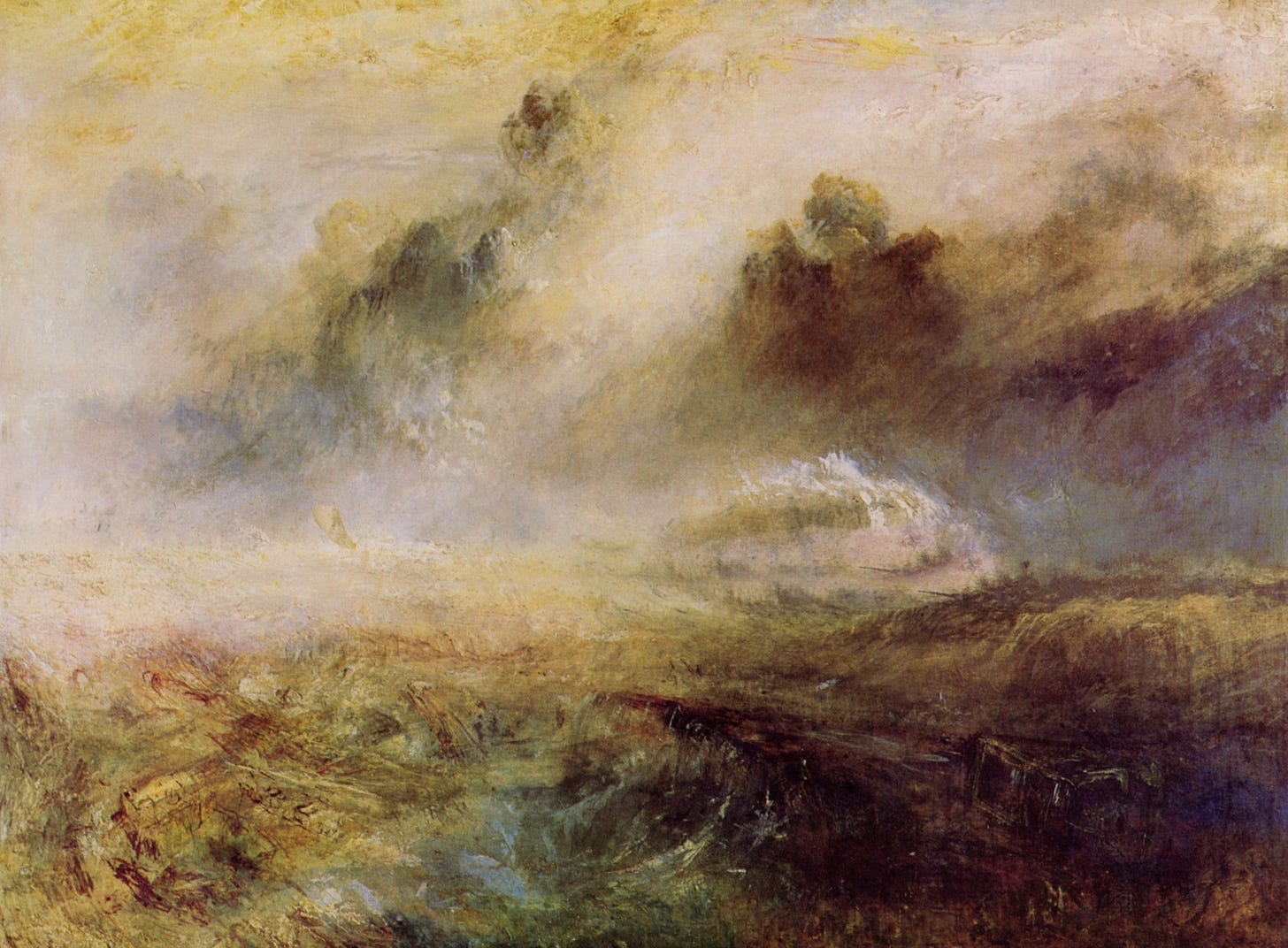
There is a kind of poetry that moves by association, a loose metonymy that names something by something associated with it, then jumps to something associated with that association, then to some further association, and a further . . . and a further . . .
I’ve written on this topic before, but something in the sense it conveys about the deep stuff of language draws me back again and again. The logic of association is so fragile and fine-spun that it is always near breaking — thereby losing the reader’s ability to accept the next course of changes. Which is to say, losing the reader’s trust in the poet’s insight into the connections buried deep in language.
The most obvious instance of the beginnings of such associational chains is kennings in old Northern European poetry: “whale-path” for ocean and “battle-sweat” for blood in Beowulf, for example. But the long chain itself dominates the flow of the poem in such modern wo…
Keep reading with a 7-day free trial
Subscribe to Poems Ancient and Modern to keep reading this post and get 7 days of free access to the full post archives.



